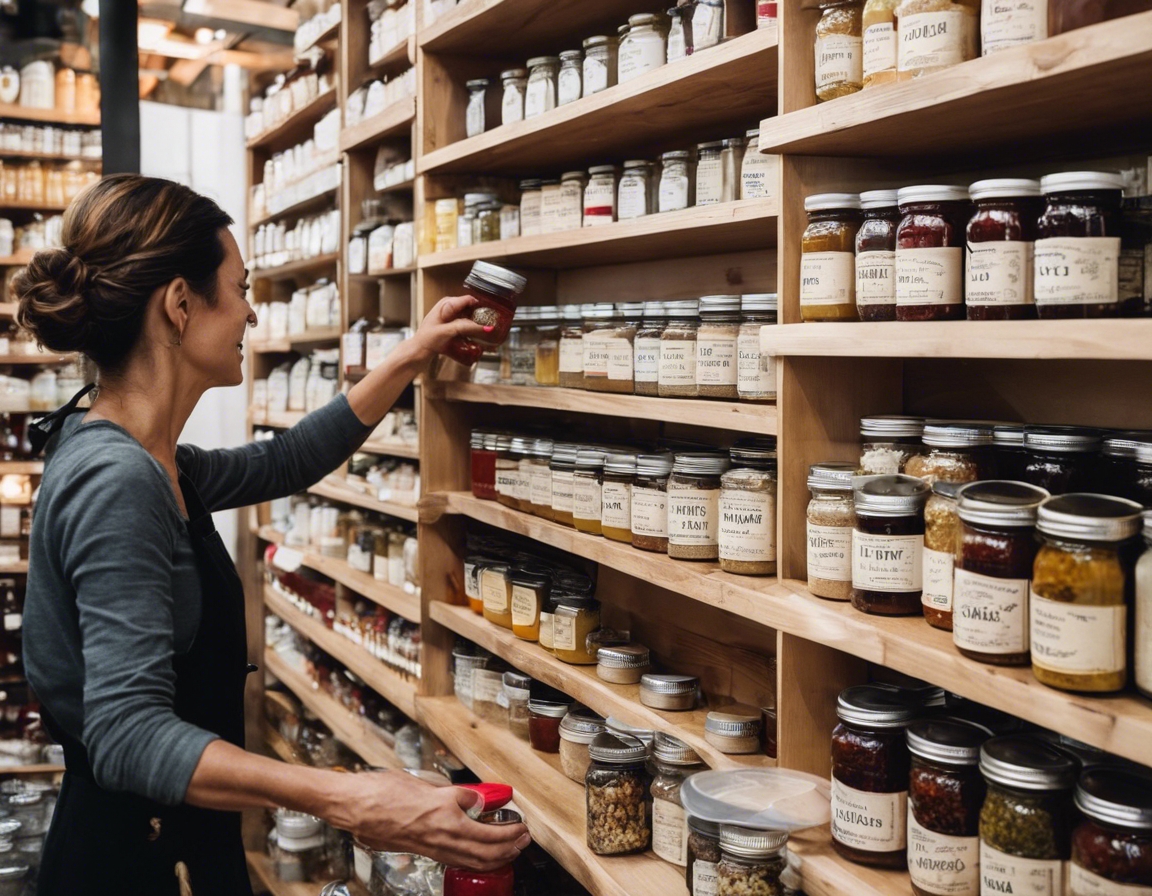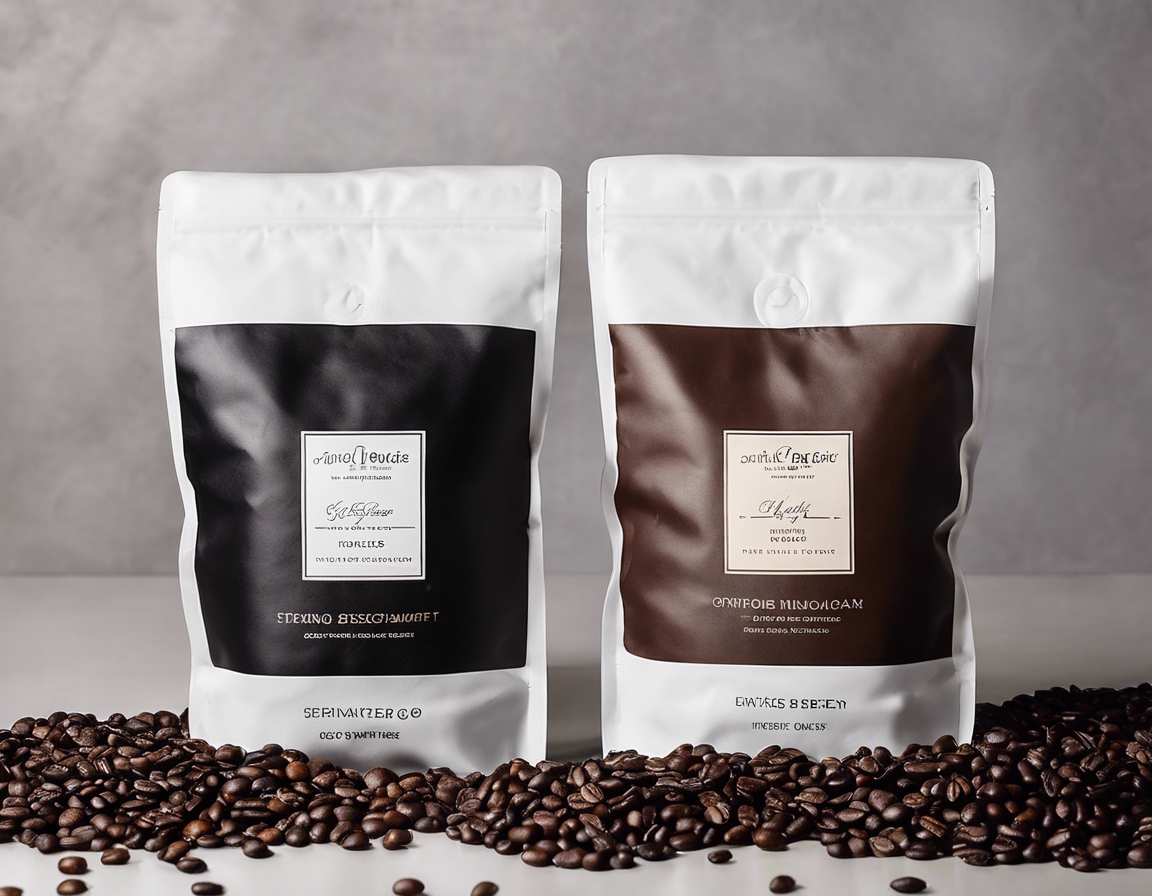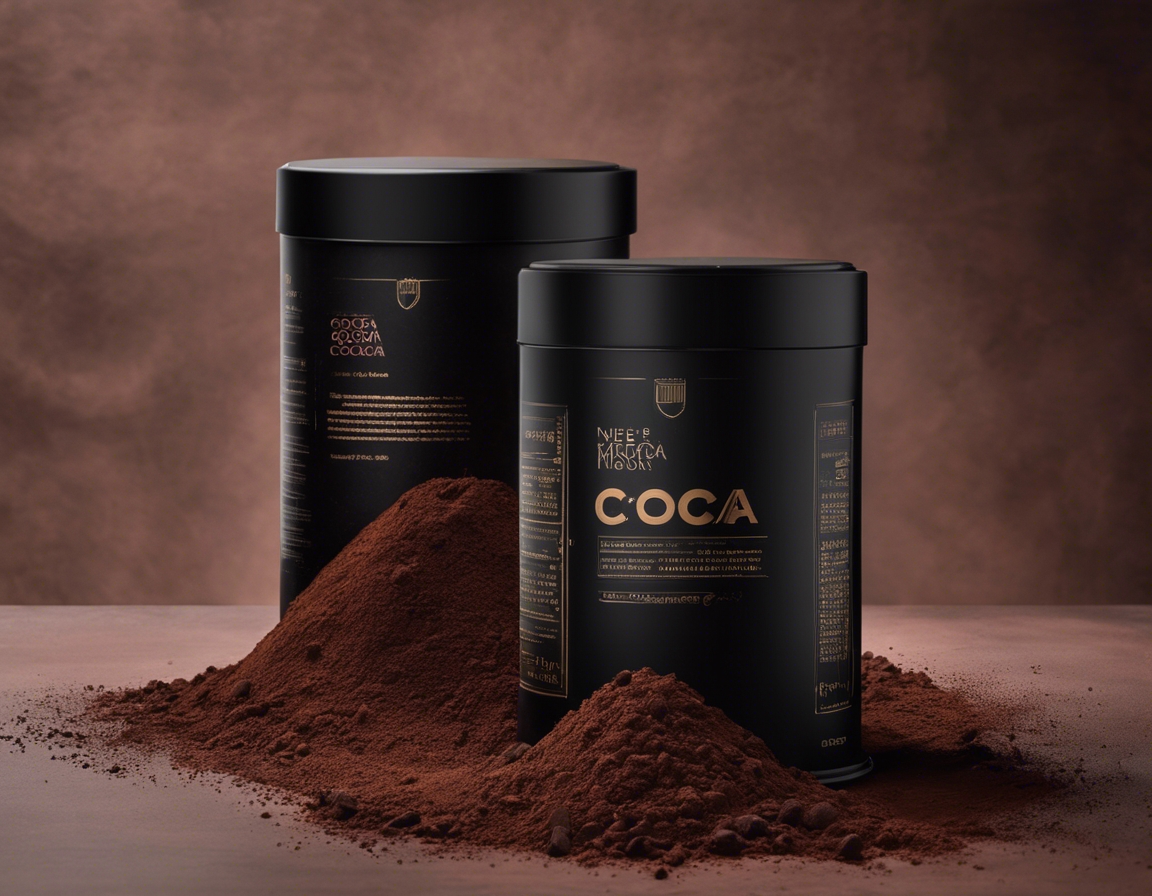The journey of south american arabica beans
The story of South American Arabica beans begins in the lush landscapes of countries like Brazil, Colombia, and Peru. These beans are celebrated for their smooth, mild flavor and lack of bitterness. Arabica beans, known scientifically as Coffea arabica, thrive in the high altitudes and rich soils of South American mountainsides, developing a complexity of taste that is unparalleled.
Connoisseurs and businesses alike seek out South American Arabica for its balanced and diverse flavor profiles. The beans are also favored for their lower caffeine content compared to their Robusta counterparts, making them a perfect choice for a luxurious coffee experience.
The Cultivation Process
Each South American country imparts its own unique touch to the cultivation of Arabica beans. Variations in climate, altitude, and soil composition contribute to the distinct flavors found within each region's produce.
Sustainability is at the heart of South American Arabica cultivation. Farmers often employ organic methods and shade-grown techniques to not only produce a superior bean but also to ensure the health of the ecosystem.
Harvesting the Beans
Harvesting methods can vary from hand-picking, which preserves the integrity of the beans, to mechanical harvesting, which is efficient but may compromise quality. The choice of technique often reflects a balance between tradition and modernity.
Timing is critical in the harvesting process. Beans must be picked at the peak of ripeness to ensure the highest quality flavor profile is achieved.
From Farm to Cup: Processing and Roasting
After harvesting, beans undergo processing, which can include washed, natural, or honey methods, each imparting different characteristics to the final product. Washed beans are clean and consistent, natural processed beans retain a fruitier flavor, and honey processed beans strike a balance between the two.
Roasting is where the magic happens, transforming green coffee beans into the aromatic, flavorful beans we know and love. The roasting process is both an art and a science, requiring precise temperature control and timing to bring out the best in each batch.
Flavor Profiles and Pairings
South American Arabica beans offer a range of flavor profiles, from nutty and chocolatey to fruity and floral. Understanding these nuances is key to appreciating the coffee's complexity.
These beans pair wonderfully with a variety of foods and can be enjoyed with traditional dairy or alternative milks, which can enhance their inherent flavors without overpowering them.
South American Arabica in the Global Market
The journey from the South American farms to coffee cups around the world is a meticulous one. Quality assurance plays a significant role in ensuring that only the best beans make it to the global market.
The export of Arabica beans is not only a cultural hallmark but also a vital aspect of the economies of South American coffee-producing countries. It influences both local livelihoods and the global coffee culture.







Comments (0)